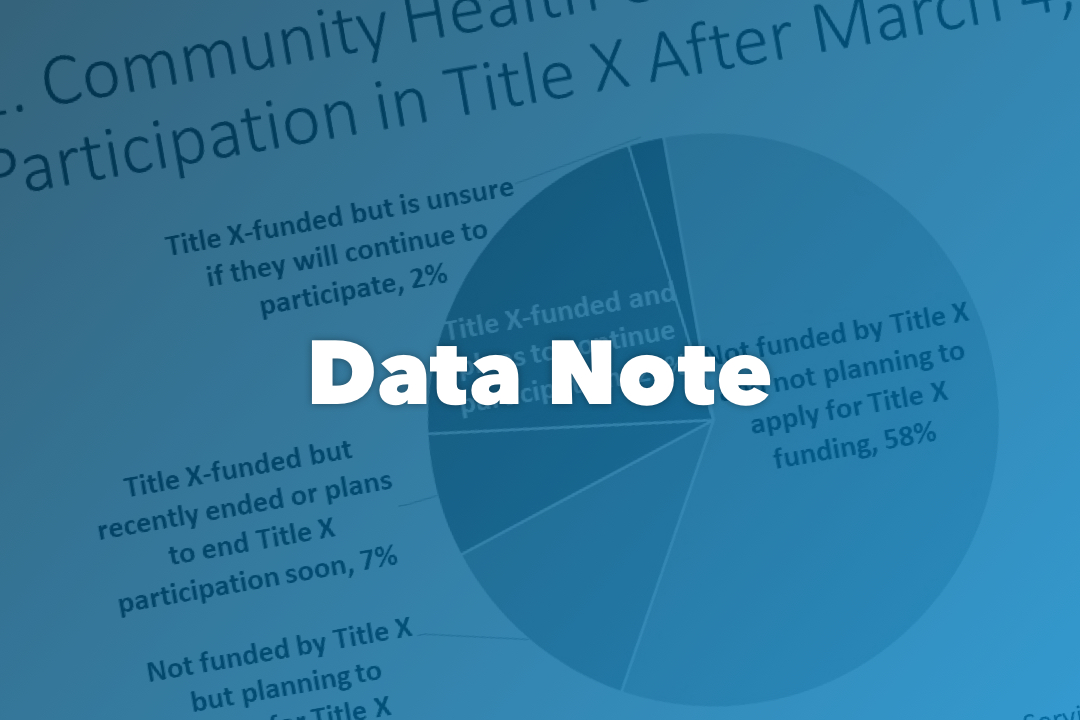Data Note
February 2025
Sara Rosenbaum
Kay Johnson
Feygele Jacobs
A new report from the Center on Budget Policy Priorities estimates that a federal Medicaid work requirement could put 36 million working-age adult Medicaid beneficiaries at risk of losing coverage. Two-thirds of all Medicaid adults work, and those who do not have disabilities, are in school, or are caring for families. But the history of work requirements shows that the risk comes not from failing to work but instead, from an inability to navigate the monthly work reporting rules, the difficulties in documenting exemption eligibility, and frequent work/layoff cycles that add to the difficulty of constantly updating eligibility status. Experts estimate that about one-quarter of Medicaid enrollees will actually lose coverage, but this figure does not account for the millions who simply may give up because they are unable to deal with a blizzard of new reporting rules.
Table 11 below and attached shows that more than 9 million Medicaid health center patients are at-risk adults. The at-risk population ranges from over 2.5 million patients in California to slightly more than 3 thousand in Wyoming. In 22 states, the at-risk population exceeds 100,000.
The table also shows that a portion of this group — 5.3 million adults — face a separate risk because they are part of the ACA Medicaid expansion population and could lose their eligibility if Congress ends the ACA’s enhanced federal funding for the expansion population.
These 9 million at-risk adult patients represented $6.7 billion in CHC revenue nationally in 2023.
Download Table 1 here
1 Unpublished analysis conducted in collaboration with the National Association of Community Health Centers (NACHC). January, 2025.



